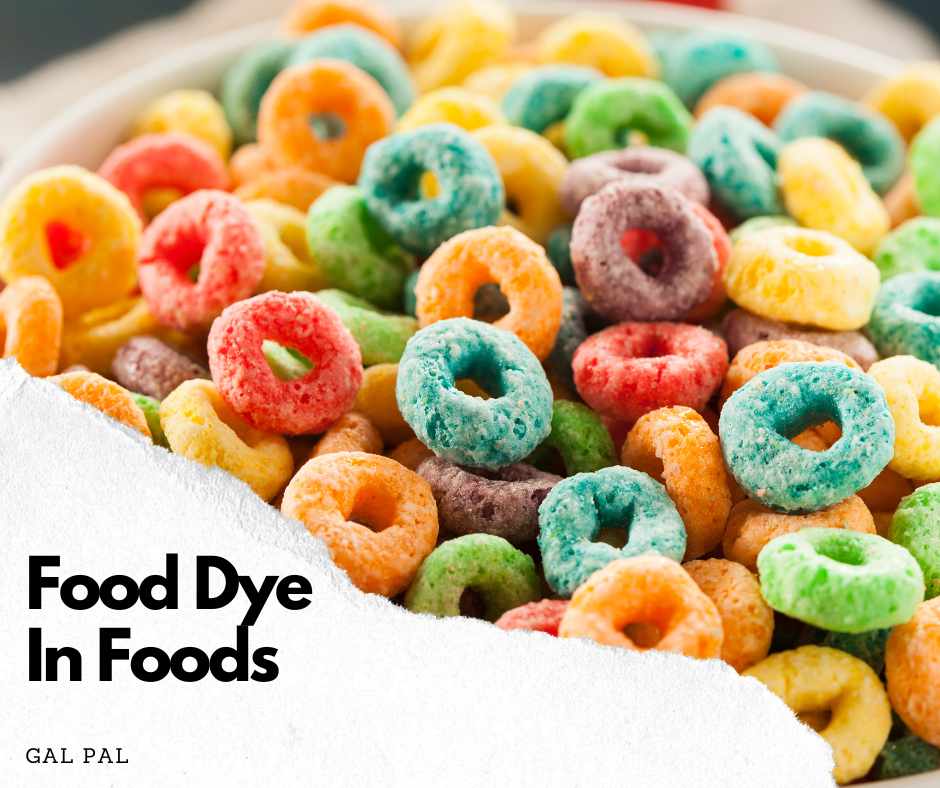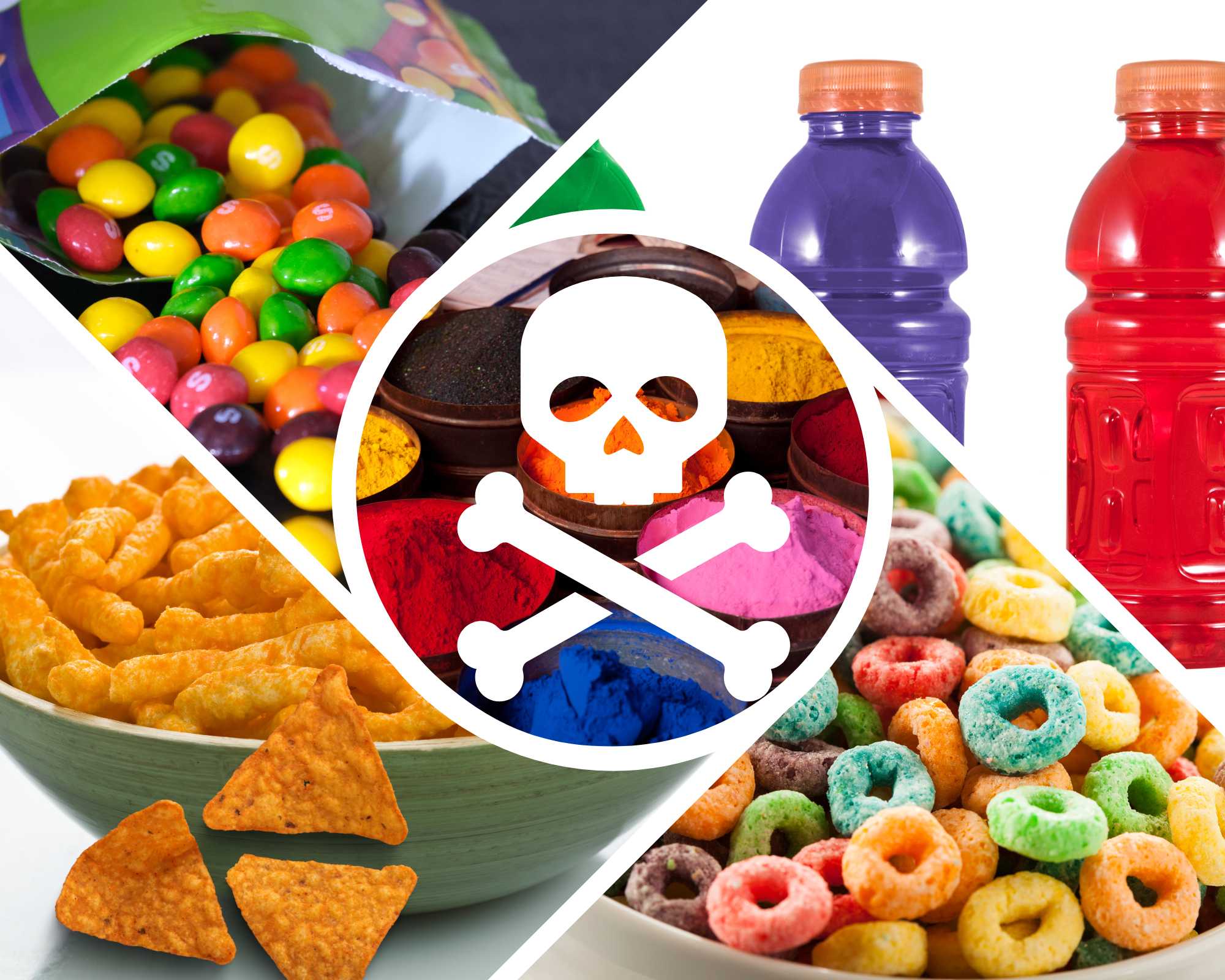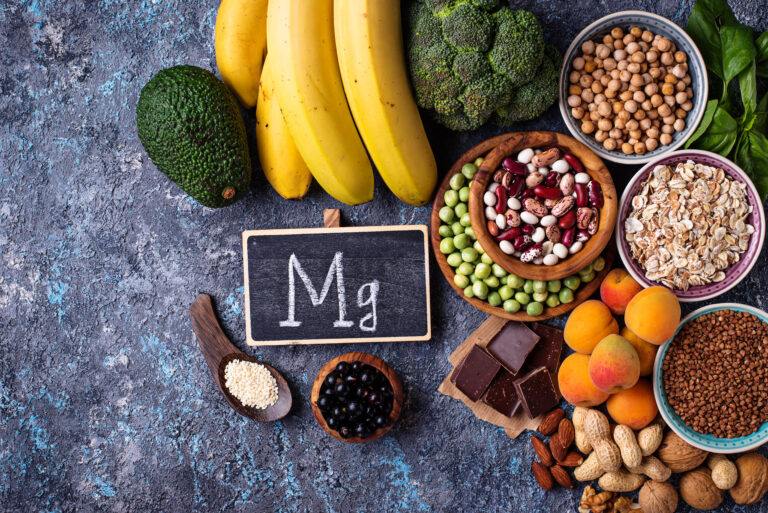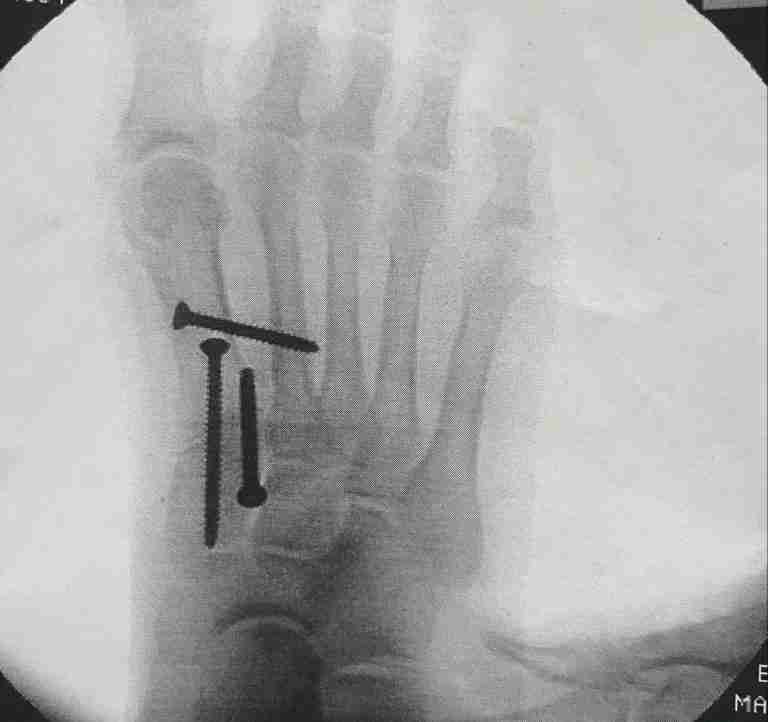The Truth About Food Dyes: Health Risks and How To Avoid Them
From popsicles and pistachios to meat and mac and cheese, synthetic food dyes are used in countless products. These dyes create vibrant colors that make food more visually appealing and tempting to eat. However, many artificial dyes come with serious health risks. Risks include cancer,hyperactivity, cognitive and hormonal and immune disruptions. In this post, I will share the truth about food dyes, and how to avoid these nasty additives.
Friends, the truth about food dyes scares me to death. Seriously, the tHought that I have been feeding my kids chemicals hidden in foods that are extremely harmful breaks my heart and makes me furious.
I am sure you have been hearing more and more about these harmful food dyes in our food so let’s get into it. Here is the deal. Many European companies have reformulated products to exclude artificial dyes, opting for natural colorings like beetroot powder, turmeric, or paprika extract, particularly in products sold globally.
It’s disheartening that some American-made foods, such as Skittles and Doritos, are reformulated without artificial dyes to meet stricter regulations abroad, yet those same companies continue to sell dye-laden versions in the United States.
These Petroleum- based Chemicals Are Banned In Other Countries but not in the United States!
Yes, I said petroleum based chemicals. Yuck! These dyes have been linked to a range of health concerns, including behavioral and developmental issues in children and a potential increase in cancer risk. This is why need to avoid them!
While many industrialized nations, such as Australia, Japan, and those in the European Union, have restricted or banned these chemicals, the United States still lacks strict regulations on their use. It’s okay to be upset about this. I am with you!
The Environmental Working Group (EWG) has identified seven dyes of particular concern: Blue No. 1, Blue No. 2, Green No. 3, Red No. 3, Red No. 40, Yellow No. 5, and Yellow No. 6.

What are Food Dyes?
- Food dyes (food coloring) are chemical substances added to food to enhance its appearance.
- They can be found in a range of foods, from candies to salad dressing.
- Artificial food dyes are made from petroleum and are used in a variety of products, including foods, medications, and cosmetics.
- Natural food dyes, on the other hand, are derived from plants, animals, and minerals.
- Food dyes can be supplied as liquids, powders, gels, or pastes and are commonly used in commercial products and domestic cooking.
Health Risks Associated with Artificial Food Dyes- What You Should Know
The following are the health risks associated with foods that contain artificial food dyes. We all should all be aware of these dangerous chemicals in our food. We can’t trust the FDA will protect us so we need to protect ourselves and our families. Here is why we need to avoid consuming artificial food dyes.
a. Cancer Risk
- Carcinogenic potential: Some food coloring dyes, like Red No. 3, have been linked to cancer in animal studies. Red No. 3 has been classified as a carcinogen by the FDA but is still permitted in certain uses, including food and medications. This is a huge health risk for all consumers. Studies suggest that artificial food dyes in human food may cause cancer.
b. Neurobehavioral Effects and Hyperactivity In Children’s Behavior
Food that contain harmful food dyes may have cognitive impact. Prolonged exposure to synthetic dyes may have subtle effects on learning and memory, particularly in younger children.
Behavioral disruptions from harmful food dyes have been linked to increased aggression and frustration in susceptible individuals. Multiple studies have associated synthetic food dyes with behavioral issues in children:
- A 2007 study in The Lancet found that food dyes and sodium benzoate increased hyperactivity and distractibility in children2.
- A 1994 study showed that 73% of children with ADHD responded positively to a diet eliminating artificial colors2.
- A 2004 meta-analysis published in the Journal of Developmental & Behavioral Pediatrics suggested artificial food colors may lead to “neurobehavioral toxicity”2.
- Artificial food dyes have been linked to hyperactivity in children and may exacerbate neuro-behavioral problems. Possible Association with Attention Deficit Hyperactivity Disorder in Children: March 30–31, 2011 – Millichap JG, Yee MM (February 2012).
- The European Food Safety Authority has concluded that some artificial food dyes may have an adverse effect on activity and attention in children. Hyperactivity is a common risk associated with artificial food dyes.

d. Potential Toxicity
- Petroleum-based chemicals: Most artificial dyes are derived from petroleum, raising concerns about their long-term safety and accumulation in the body. Food dyes can increase oxidative stress, where harmful free radicals accumulate in the body, potentially damaging cells, tissues, and organs over time.
e. Hormonal and Immune Disruptions
- Emerging research points to possible endocrine-disrupting effects and immune system stress due to exposure to certain synthetic dyes.
- Artificial dyes, such as Red 40 and Yellow 5, have been shown to interfere with hormone balance in a few ways: Endocrine Disruption: Certain food dyes can mimic or interfere with natural hormones, acting like endocrine disruptors. This can affect processes like growth, metabolism, and reproduction.
- Impact on Thyroid Function: Animal studies have suggested that some dyes may alter thyroid hormone levels, which control metabolism and energy in the body.
- Hormonal Imbalance in Children: Because children’s hormone systems are still developing, they may be more sensitive to artificial food dyes. Hormone disruption could potentially lead to issues like early puberty or changes in mood and behavior.
f. Allergic Reactions
- Skin and respiratory issues: Certain dyes, such as Yellow No. 5 (tartrazine), have been associated with allergic reactions, including rashes, hives, and asthma-like symptoms in sensitive individuals.
- Carmine (Natural Red 4) can cause skin rashes, swelling, eczema, gastrointestinal issues, respiratory problems, and even anaphylactic shock. Found in: burgers, sausages, drinks, candy, and fruit yogurt.
- Red 40 (Allura Red) is linked to allergy-like reactions, such as hives and facial swelling. Found in: cereal, beverages, candy, fruit snacks, cosmetics, and more.
- Yellow 5 (Tartrazine) is associated with hives, swelling, and older studies suggested links to asthma. Found in: candy, canned vegetables, cheese, drinks, ice cream, ketchup, salad dressings, and hot dogs.
g. Mitochondrial Impairment
A 1996 study conducted at the State University of Campinas in Brazil discovered that all 11 food dyes tested impaired mitochondrial respiration. Food dyes can interfere with how our cells produce energy by affecting the mitochondria, the “powerhouses” of the cell. Studies show that food dyes can block mitochondrial respiration, which is the process that helps cells create energy. This is a major reason to avoid harmful food dyes.
The FDA says that most approved food dyes are safe, but this is not true! If this was true, why other major countries have banned them? Many researchers and health advocates believe the current safety standards in the US are weak. Concerns about the rising consumption of food dyes, particularly among children, have prompted growing scrutiny of their potential long-term health effects.
The U.S. lacks strict regulations compared to other countries like the European Union, Japan, and Australia, which have banned or heavily restricted some dyes due to their risks.

Synthetic Food Dyes: A Closer Look
- Synthetic food dyes are used to add color to food products, such as candies, cereals, and snacks.
- They are essentially useless, as they don’t help preserve food or add nutritional value; their purpose is to entice consumers, particularly children.
- Synthetic dyes are listed in the fine print of an item’s ingredients list, usually as the name of a color followed by a number (e.g., “Yellow 5”).
Three synthetic food dyes—Red Dye No. 40, Yellow Dye No. 5, and Yellow Dye No. 6—account for 90% of the food dyes used in the United States. According to the Department of Agriculture’s branded foods database, more than 36,000 food products in the U.S. contain Red Dye No. 40, making it the most widely used dye by volume. Foods with harmful food dyes are shown below.

What is red dye 3?
The dye called Red No. 3, also made of petroleum, is what gives a bright cherry-red color to a lot of foods and candies.
Additionally, EWG’s Food Scores database, which evaluates products based on nutrition, ingredients, and processing, lists around 13,000 items containing synthetic dyes.
The prevalence of food additives, including artificial food colorings, is steadily increasing. A 2023 study found that the proportion of food products with additives purchased by U.S. households rose from about 50% in 2001 to roughly 60% in 2019. Furthermore, earlier research shows a more than fivefold surge in the amount of artificial food dye inspected by the Food and Drug Administration—a proxy for consumption—between 1950 and 2012.
Where Are Artificial Food Dyes Found?
According to EWG’s Food Scores database, which evaluates the health risks of packaged foods, tens of thousands of items, including breakfast cereals, ice creams, and candies, are made with artificial coloring. Popular brands like Mott’s Applesauce, Peeps, and Minute Maid Fruit Juice are just a few examples.
These dyes aren’t limited to food. They are also commonly found in over-the-counter medications, mouthwash, and children’s vitamins.
Check Out The Following Foods and Candies That Contain High Levels Of Food Dyes:
The beverage data were published in Clinical Pediatrics last September. Foods with high levels of harmful food dyes:
- Skittles and M&M’s, both made by Mars, Inc., have some of the highest levels of artificial dyes found in candies:
- Skittles Original contains 33.3 mg of dyes per serving.
- M&M’s Milk Chocolate has 29.5 mg per serving.
- Other products with notable dye levels include:
- Kraft Macaroni & Cheese: 17.6 mg per serving.
- Keebler Cheese & Peanut Butter Crackers: 14.4 mg per serving.
- Kraft’s Creamy French salad dressing: 5 mg per serving.
- Beverages with high levels reported in 8-ounce servings of:
- Full Throttle Red Berry energy drink: 18.8 mg.
- Powerade Orange Sports Drink: 22.1 mg.
- Crush Orange: 33.6 mg.
- Sunny D Orange Strawberry: 41.5 mg.
- Kool-Aid Burst Cherry: 52.3 mg.
Alternatives to Artificial Food Dyes
- Natural food dyes, such as beet juice and turmeric, can be used as alternatives to artificial food dyes.
- Some food manufacturers are starting to use natural food dyes in their products, citing consumer demand for more natural ingredients.
- Plant-based food dyes, such as those derived from fruits and vegetables, are becoming increasingly popular.
- Some companies are also using edible flowers and herbs to add color to their products.
Global Differences in Food Dye Regulations
- The European Union has stricter regulations on food dyes than the United States, with some artificial food dyes banned in EU countries.
- The FDA has approved artificial food dyes for use in foods, but some critics argue that the agency’s standards are not strict enough.
- Some countries, such as Australia and New Zealand, have banned certain artificial food dyes due to concerns over their safety.
- The Codex Alimentarius, a global food safety standard, recommends that countries adopt strict regulations on food additives, including artificial food dyes.

How To Avoid Harmful Food Dyes
Making Informed Choices: Reading Labels and Avoiding Artificial Food Dyes is the key!
Currently in the US there is no requirement for warning labels. The European Union requires a warning label on products that contain three artificial food dyes approved in the U.S. Yellow No. 5, also known as tartrazine. Red No. 40 for instance.
How to Reduce Food Coloring Dye Exposure
- Check ingredient labels: Artificial dyes are common in highly processed foods. Look for products with simple, short ingredient lists, as these are less likely to contain harmful food dyes and additives.
- Beware misleading marketing: Labels like “all natural” or “healthy” can be deceptive. Some products marketed as nutritious may still contain dyes and other additives.
- Create a shopping cheat sheet: Track brands and foods that don’t contain artificial dyes. Stores like Trader Joe’s, Aldi, and Whole Foods have policies against using toxic food dyes, but always double-check ingredient lists as formulations can change.
- Stick to whole foods: Fresh fruits, vegetables, nuts, and other unprocessed options rarely contain synthetic dyes.
- Choose organic: Organic products are free from artificial dyes and often use natural coloring instead. Refer to EWG’s Shopper’s Guide to Pesticides in Produce™ to find safer options.
- Cut back on sugary drinks: Soda and other artificially colored beverages are a major source of dye exposure across all age groups. Opt for water or naturally flavored drinks instead.
With a little effort, you can swap dye-laden products for healthier, dye-free alternatives while keeping your family’s preferences in mind.

What Companies Are Guilty Of Adding Food Dyes To Food
Many food companies in the United States incorporate artificial food dyes into their products to enhance visual appeal. Notable examples include:
- Kellogg’s: Brands such as Froot Loops and Apple Jacks have been highlighted for containing synthetic dyes. Color additives are used to make these cereals more attractive to buyers like a bright red cherry red color. Blah! Red food dye could soon be banned as FDA reviews petition. Let’s hope so! Fortune
- Kraft Heinz: Products like Kraft Macaroni & Cheese have been found to contain significant amounts of artificial dyes, with studies indicating up to 17.6 milligrams per serving.CSPI
- Keebler: Their Cheese & Peanut Butter Crackers have been reported to contain approximately 14.4 milligrams of artificial dyes per serving.CSPI
- Mars, Inc.: While Mars has removed artificial colors from its dinnertime foods, some of its confectionery products may still contain synthetic dyes.Food Dive
- General Mills: Although more than 85% of their cereals use natural colors and flavors, certain products may still include artificial dyes.Food Dive

How To Take Action To Urge Food Companies To Remove Food Dyes
Jason Karp Founder & CEO of HumanCo,recently launched a major legal challenge against Kellogg’s. He enlisted renowned attorney Alex Spiro to send a formal letter demanding that Kellogg’s sell Americans the same dye-free and BHT-free cereals they offer in other countries. The letter urged Kellogg’s to take at least a first step by fulfilling their nearly decade-old promise to remove artificial dyes from their products.
Despite their public commitment nearly 10 years ago, Kellogg’s continues to sell cereals in the U.S. loaded with artificial dyes—cereals that are primarily marketed to children. This double standard is deeply unethical.
It’s important to note that consumer demand and regulatory pressures have prompted many companies to reformulate products, reducing or eliminating artificial dyes. For instance, Mars and General Mills have made significant strides in removing synthetic colors from many of their offerings.
The FDA has not thoroughly reviewed the safety of artificial food dyes since the 1970s and 1980s, relying on outdated studies that missed the neurobehavioral harms now associated with these additives. While the federal government has failed to regulate harmful dyes effectively, some states are stepping up. Following California’s lead with the Food Safety Act, 11 states have introduced legislation this year to address artificial dyes.
In the meantime, consumers need to take their health into their own hands.
Conclusion
The safety of food additives, particularly artificial dyes, remains highly controversial, with growing concerns about their potential harm, especially in children. While long-term animal studies have evaluated food dye safety, more research is needed to fully understand their impact on human health. Additionally, certain additives, like artificial sweeteners, have been associated with negative effects such as weight gain and metabolic disorders. Although the FDA regulates over three-quarters of the U.S. food supply, critics argue that the agency’s efforts fall short in adequately protecting public health.
- Artificial food dyes are a controversial topic, with some experts arguing that they may cause harm, particularly in children.
- While some countries have banned certain artificial food dyes, others continue to permit their use in foods.
- Consumers can make informed choices by reading labels carefully and avoiding artificial food dyes, which are often listed in the fine print.
- By choosing natural food dyes and whole, unprocessed foods, consumers can reduce their exposure to artificial food dyes and promote better health.













